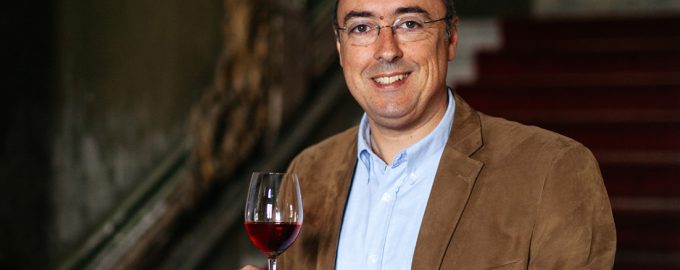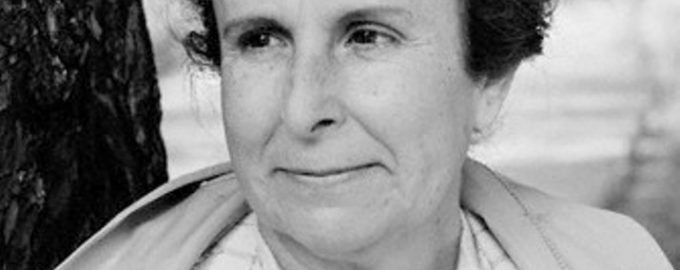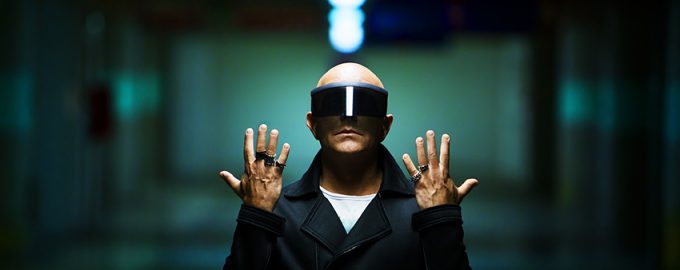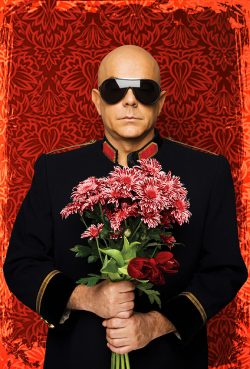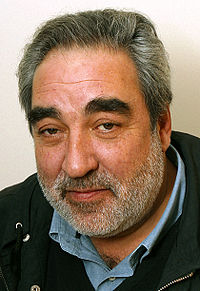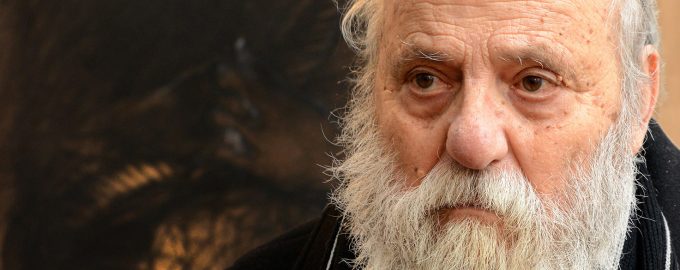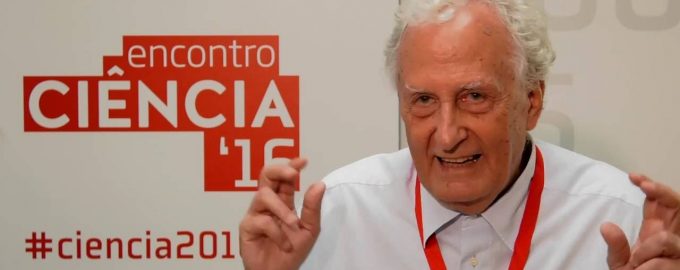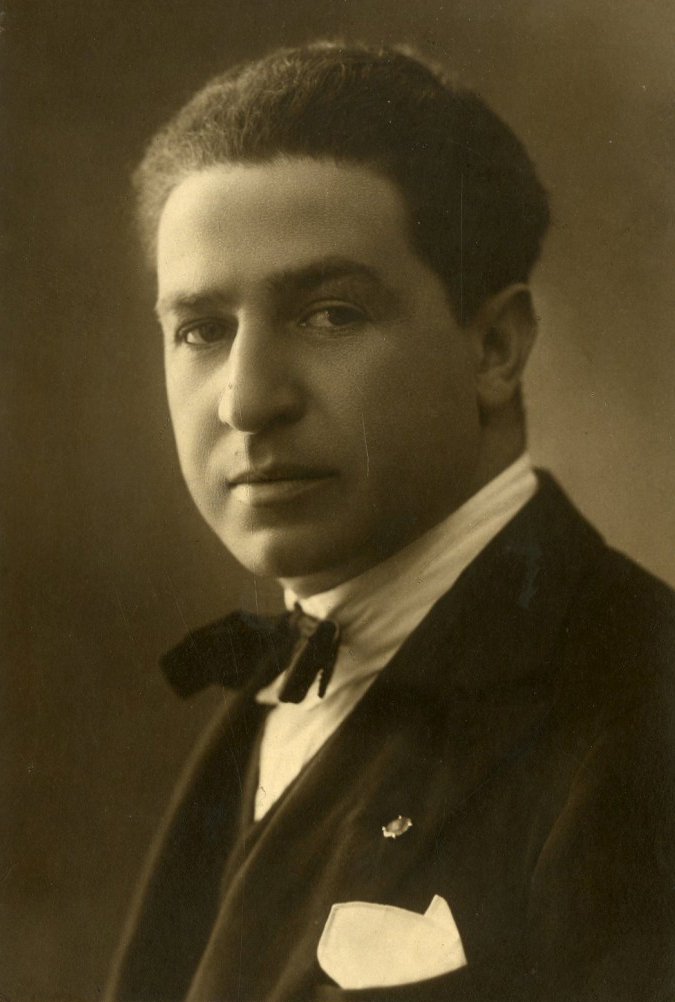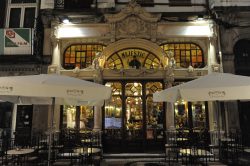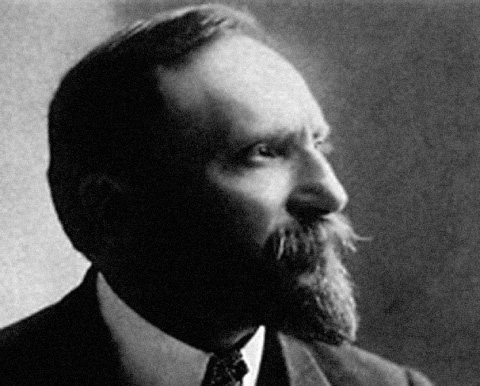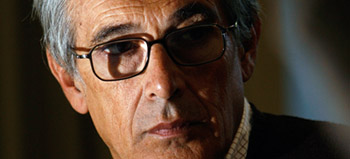The President of the Executive Committee of the CVRVV – Comissão de Viticultura da Região dos Vinhos Verdes (Commission of Viticulture of the Region of the Vinhos Verdes) likes to walk to discover the city where he was born. Despite being in love with old automobiles, it is on foot that he likes to travel around Porto.
Manuel Pinheiro was born in 1966 in Sé, one of the most typical parishes in Porto and it was also in his homeland that he studied Law at the Catholic University. His postgraduate degree in Business Administration was held at the Collège d’Europe in Brugge, Belgium, but he would return to Porto to work.
He is president of ANDOVI – Associação Nacional das Denominações de Origem Vitivinícolas (National Association of Wine Origin Denominations), an entity that brings together the Portuguese Regions, and a member of the Conselho Consultivo do Instituto da Vinha e do Vinho (Advisory Council of the Institute of Vine and Wine). He was the vice-president of the CEPV, the European Wine Professional Council, member of the Interprofessional Council of CIRDD and the Institute of Vinhos do Douro and Porto and general secretary of ANCEVE. He has been president of the CVRVV since 2000.
Old cars are one of his passions. “I like to work on them and drive them with the calm that today, in the hustle and bustle of everyday life, we do not know,” he reveals. In 1995, this passion led him to open Ascari (http://www.ascari.pt), in Rua da Constituição, which is still the only bookstore specialized in automobiles, motorcycles and techniques.
In his spare time, the CVRVV president also loves to walk: “Porto has lots of options for walkers. Whether it’s in the centre of the city, the historic area with its alley ways and staircases to discover, the avenues like Boavista or Marechal Gomes da Gosta with imposing villas. One of the most interesting routes is the Douro, from the historical centre to the beaches of Foz. There are two cities in one: the urban centre and the coastal area, formerly a summer resort of the Porto and now a residential area and with excellent restaurants” he advises.
Restaurant
Porto has more and more food offerings of all flavours and origins. We will therefore return to two places that preserve the traditional gastronomy of Porto and whose rooms are filled with local customers. The Morfeu Marginal, in rua do Ouro 400, almost under the Ponte da Arrábida, offers a menu that varies everyday (do not miss the Cozido on Fridays!) and the Cozinha do Martinho, on the other end of the city in Areosa (Rua de Costa Cabral 2598), which preserves a traditional menu that seduced Anthony Bourdain on his last visit to Porto.
Bar
With a glass in hand, you can stand and chat whilst watching the city go by, Aduela (Rua das Oliveiras, 36) is a good informal meeting place.
Location / City tour
Go to the less touristy end of the city in Campanhã, and hop on the eco-tour of the Douro that begins next to the Pousada do Freixo/Museu de Imprensa, that stops at a great place to have lunch and with an unforgettable view, Casa Lindo. This eco-tour always follows the river, very serene along the curves of the bank. Perfect for a late afternoon too.
A secret of the city
All visitors to Porto pass through the Cathedral, the city’s central building dating back to the 12th century. If you’re at the door of the Cathedral and look forward carefully, you will see a yellow arrow marked on the stone. Walk up to that arrow and look for another one. Follow the arrows around the city and tell us where they took you.
Where to drink a Vinho Verde
Right next to Porto you will find Matosinhos is easily accessible on foot or by metro. It has a huge offer of restaurants with fresh fish every day. It is the ideal environment to taste the best of Portuguese gastronomy with a great Vinho Verde.
